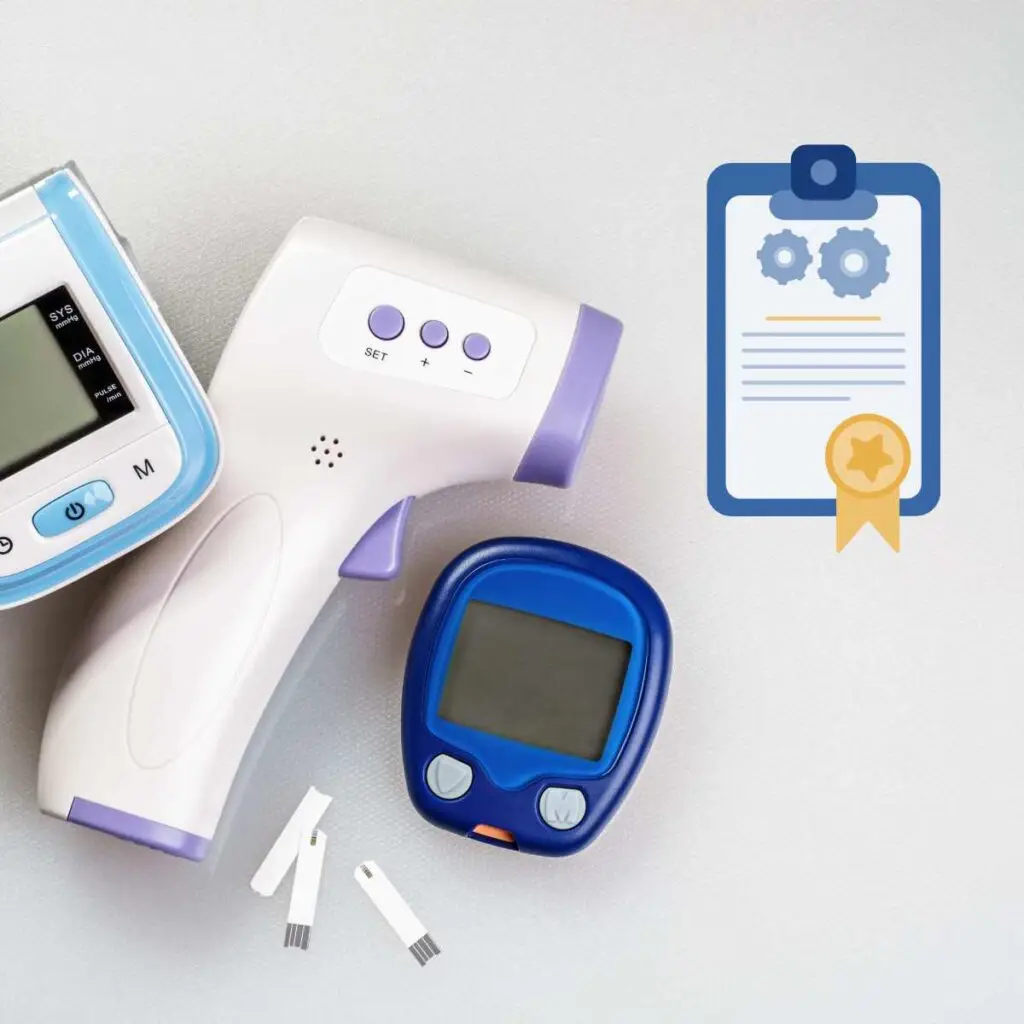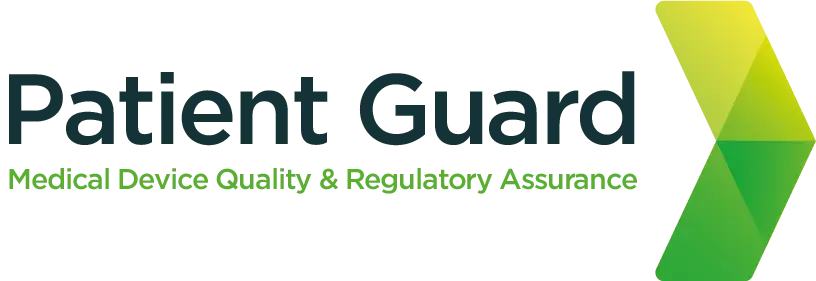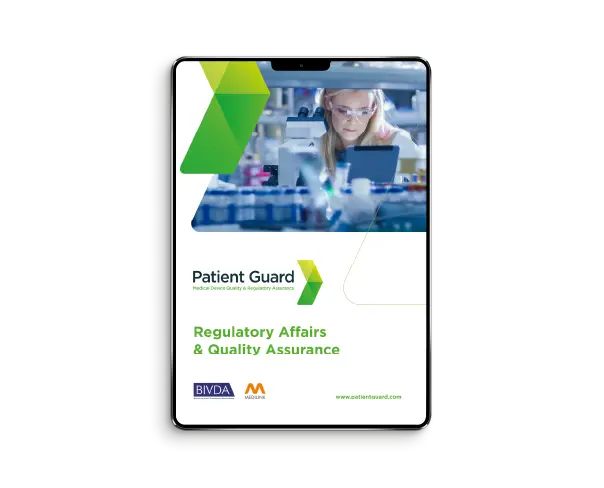Introduction
In this blog, we explore the role of Notified Bodies in medical device certification, their responsibilities under the EU Medical Device Regulation (MDR) 2017/745 and the In Vitro Diagnostic Medical Device Regulation (IVDR) 2017/746, and how manufacturers can work effectively with them. Whether you are launching a new product or transitioning from legacy certification, understanding the function of Notified Bodies is crucial for a smooth and successful conformity assessment process.
What is a Notified Body?
A Notified Body is an organisation designated by an EU Member State and notified to the European Commission to assess the conformity of certain products before being placed on the market. For medical devices and in vitro diagnostics, these bodies carry out assessments to ensure compliance with the applicable regulations (MDR or IVDR).
They are independent organisations that have been thoroughly evaluated for their competence, impartiality, and performance. Not every organisation can become a Notified Body; they must be accredited and monitored to maintain their designation.

Why Are Notified Bodies Important?
The transition from the former Medical Device Directive (MDD) and In Vitro Diagnostic Directive (IVDD) to the current MDR and IVDR has significantly increased the scope and expectations placed on manufacturers and Notified Bodies alike.
Here’s why Notified Bodies are vital:
Independent Review: They provide a third-party check of a manufacturer’s conformity assessment, adding credibility and assurance of regulatory compliance.
Legal Requirement: For most medium- and high-risk medical devices (Class IIa, IIb, III) and the majority of IVDs under the IVDR, assessment by a Notified Body is mandatory to obtain CE marking.
Market Access: Without certification from a Notified Body (where required), manufacturers cannot legally market their devices in the EU.
Patient Safety: Their scrutiny ensures that only safe and effective devices are available to healthcare professionals and patients.
What Does a Notified Body Do?
Depending on the risk classification and conformity assessment route, Notified Bodies perform a range of functions. Their core tasks include:
1. Review of Technical Documentation
Manufacturers must provide detailed Technical Documentation that demonstrates conformity with General Safety and Performance Requirements (GSPRs). Notified Bodies review this documentation, which includes:
Device description and specifications
Design and manufacturing information
Risk management files (in line with ISO 14971)
Clinical evaluation reports (CER)
Post-market surveillance and vigilance plans
Labelling and instructions for use
2. Quality Management System (QMS) Audits
Under both MDR and IVDR, manufacturers must operate a QMS compliant with ISO 13485:2016 and relevant regulatory requirements. Notified Bodies perform on-site audits to assess:
Document control and record keeping
CAPA (Corrective and Preventive Actions)
Supplier and subcontractor controls
Complaint handling and field safety actions
Clinical and post-market activities
3. Assessment of Clinical and Performance Evidence
Clinical evaluation (MDR) and performance evaluation (IVDR) are under increased scrutiny. Notified Bodies review:
Clinical data from investigations, scientific literature, or equivalent devices
Justification for the device’s intended purpose and claims
PMCF (Post-Market Clinical Follow-up) plans and reports
For IVDs, performance studies must demonstrate scientific validity, analytical performance, and clinical performance.
4. Issuance of Certificates
Upon successful assessment, the Notified Body issues:
EU Quality Management System Certificate
EU Technical Documentation Assessment Certificate
EU Type Examination Certificate
These certificates form the basis for the manufacturer’s Declaration of Conformity and CE marking.
Classes of Medical Devices and NB Involvement
The extent of Notified Body involvement depends on the risk classification of the device:
| Device Class | NB Involvement Required? | Examples |
|---|---|---|
| Class I (non-sterile, non-measuring) | No | Bandages, stethoscopes |
| Class I (sterile/measuring/reusable surgical instruments) | Yes | Surgical instruments, sterile syringes |
| Class IIa | Yes | Dental fillings, infusion pumps |
| Class IIb | Yes | Anaesthesia machines, X-ray machines |
| Class III | Yes | Implantable devices, heart valves |
For IVDs under the IVDR, over 80% now require Notified Body certification, a significant increase from the previous directive.
Choosing the Right Notified Body
Selecting an appropriate Notified Body is a strategic decision. Key considerations include:
Scope of Designation: Not all NBs are authorised to assess all types of devices. Check the NANDO database (New Approach Notified and Designated Organisations) for scope.
Capacity and Timelines: Due to the increased workload under MDR/IVDR, many NBs have limited capacity. Early engagement is critical.
Experience with Similar Devices: An NB with prior experience in your technology area can streamline the process.
Geographical Proximity and Language: While not essential, working with an NB in your region or that speaks your language may ease communication.
Service Reputation: Responsiveness, transparency, and professionalism vary among NBs. Seek recommendations and read audit reports if available.
The Challenges Facing Notified Bodies (and Manufacturers)
The implementation of MDR and IVDR has placed substantial pressure on both manufacturers and Notified Bodies:
For Notified Bodies:
Increased workload due to re-certification of legacy devices
More stringent requirements for designation and ongoing surveillance
Higher expectations for documentation review and clinical scrutiny
For Manufacturers:
Delays in certification due to bottlenecks in capacity
Need for stronger clinical data, even for long-standing products
Increased costs and preparation time for technical documentation
These challenges mean that collaboration and early preparation are more important than ever.
Best Practices for Working with a Notified Body
1. Plan Early
Engage with a Notified Body as early as possible in your product development process. Booking a review slot in advance can save months of waiting time.
2. Prepare Thorough Documentation
Ensure your technical files are complete, accurate, and well-organised. Use a structured Table of Contents, and cross-reference all applicable requirements.
3. Maintain a Compliant QMS
An established and maintained QMS reduces the risk of findings during audits and builds long-term trust with your NB.
4. Respond Promptly to Questions
During the conformity assessment, NBs may raise Nonconformities (NCs) or ask for clarifications. Prompt and clear responses prevent delays.
5. Invest in Regulatory Expertise
Consider working with experienced regulatory consultants (like Patient Guard) who can help bridge the gap between technical and regulatory requirements, and manage NB interactions effectively.
Frequently Asked Questions (FAQs)
Under MDR and IVDR, most devices above Class I (or self-declared IVDs under the IVDD) require assessment by a Notified Body. You can determine this based on your device’s classification and conformity assessment route. If you’re unsure, consult a regulatory expert or refer to the classification rules in Annex VIII of MDR or IVDR.
Yes, it is possible to switch Notified Bodies, but it must be carefully managed to ensure continued compliance. This includes transferring certificates, audits, and technical documentation. A change must be officially notified, and both old and new NBs should coordinate during the handover.
Timelines vary depending on device complexity, classification, and NB availability. On average, initial MDR conformity assessments can take 6 to 12 months or more. Early planning and complete documentation significantly reduce delays.
If your NB is de-notified or withdraws from the system, you must transfer your certification to another designated NB. This may involve additional assessments, particularly if there have been regulatory or technical changes since your last review. Acting swiftly is essential to avoid loss of market access.
How Patient Guard Supports You Through the Notified Body Process
At Patient Guard, we’ve helped over 500 clients navigate the complex regulatory frameworks of the EU and UK markets. Our team has deep experience in:
Preparing technical documentation and QMS files aligned with MDR/IVDR requirements
Gap analysis and remediation for legacy devices
Managing communication with Notified Bodies
Providing strategic advice for market entry and certification planning
Our clients benefit from a proactive and collaborative approach that reduces risk, saves time, and improves outcomes during NB assessments.
Summary
Notified Bodies play a critical role in ensuring the safety and performance of medical devices and IVDs placed on the European market. Their involvement is not just a regulatory formality—it’s a rigorous process that adds value to your product by demonstrating compliance and boosting stakeholder confidence.
By understanding their role, selecting the right partner, and preparing thoroughly, manufacturers can turn regulatory challenges into opportunities for innovation and market success.
If you’re looking to prepare for Notified Body review or need support navigating the MDR or IVDR landscape, get in touch with the experts at Patient Guard. We’re here to help you every step of the way.
Resources
How 5G Connectivity is Revolutionizing the Medical Device Industry
The Internet of Medical Things (IoMT): Connecting Wearable Devices for Remote Patient Monitoring
Storage, Handling and Transport Validation of Medical Devices
Streamline EU MDR Compliance with Patient Guard’s Medical Device Software Tools




